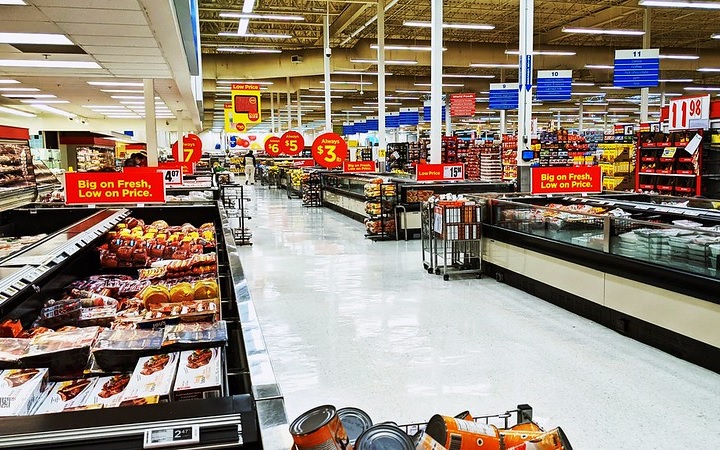
For many of us, last year was all about buying what you needed, no matter the price. This year, with prices rising, it’s high time to look for more ways to save again.
As supply has caught up with demand, it’s inflation that’s the problem now. It’s easier to find toilet paper now as compared to last year, but you might be paying more for it than you were pre-pandemic. So how are you going to make room in your budget if prices keep rising?
A survey by the data and tech company Numerator Intelligence found that virtually all shoppers plan to change their purchasing patterns in some way. If prices for everyday products increase significantly, 95% of those participating in Numerator’s survey say they will make changes in their buying behavior.
So before manufacturers and retailers think they can push through a price increase, or a reduction in package size, without anyone minding – they might want to take note of what shoppers say they plan to do to save money, if that happens.
If prices rise significantly, 60% of shoppers say they plan to give up brand loyalty and switch to lower-priced brands. 50% will seek out additional coupons, discounts and promotions. Close behind are switching to lower-priced retailers, buying more store brand products, and buying more items in bulk.
“Consumers are growing increasingly concerned over the potential cost of everyday products and services in the months to come,” Numerator says, and they’re “making alternate spending plans as prices rise.”
Four out of five shoppers have already noticed an increase in prices on their everyday groceries and household items. And two-thirds say they expect prices to continue rising in the coming months. According to the latest figures from the U.S. Department of Agriculture, grocery prices have already risen 3.4% this year from a year ago at this time, as compared to the mere 0.9% annual rise back in pre-pandemic 2019.
And it’s not just food. A number of household product manufacturers have announced price hikes, smaller package sizes and fewer coupons and promotions, to help offset higher commodity costs. But if they pass too many of their costs onto consumers, they risk losing those consumers to cheaper alternatives.
More than half of those surveyed by Numerator say they have already made changes in their buying behavior. Among lower-income shoppers, that percentage rises to 64%.
Historically, troubled economic times are good for deal-seekers. Recessionary periods like those in the late 2000’s and early 1990’s saw some of the highest levels of coupon redemption, for example. But that hasn’t happened this past year. Manufacturers are feeling financially pinched too, so they’ve been cutting back on coupons and promotions just when many shoppers need them the most.
So it seems cash-strapped shoppers are finding other ways to save. Good coupons may be harder to find, but there are always store brands, discount retailers and lower price-per-unit bulk choices. It will be up to manufacturers and retailers to decide whether higher prices are helping their bottom line – or sending once-loyal customers shopping somewhere else.
Image source: dennissylvesterhurd










